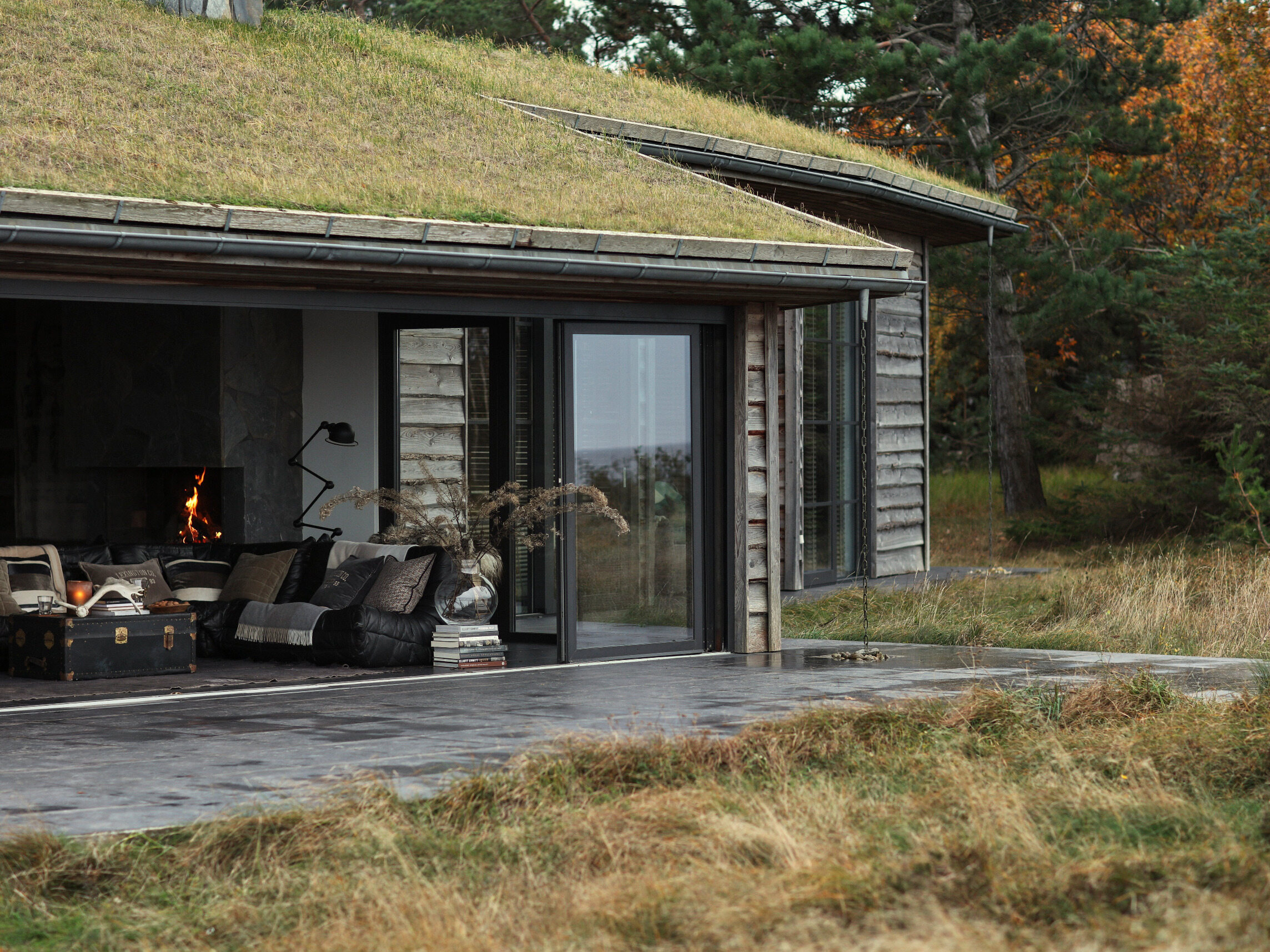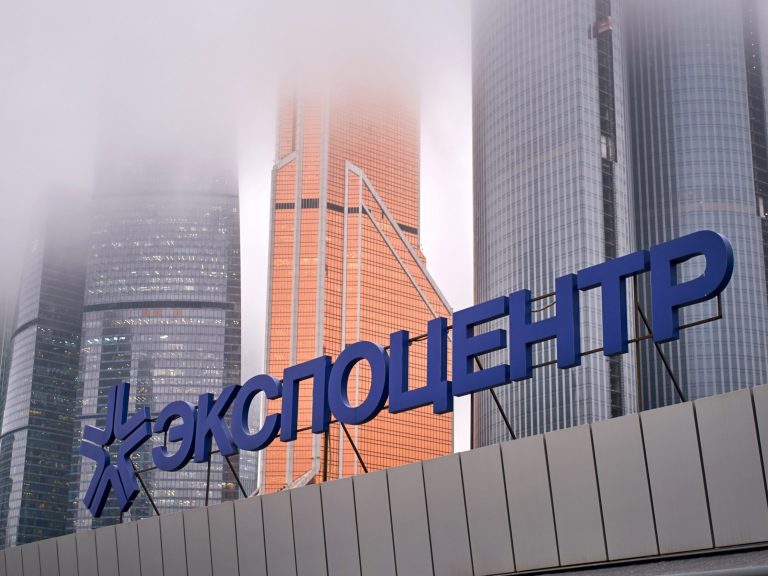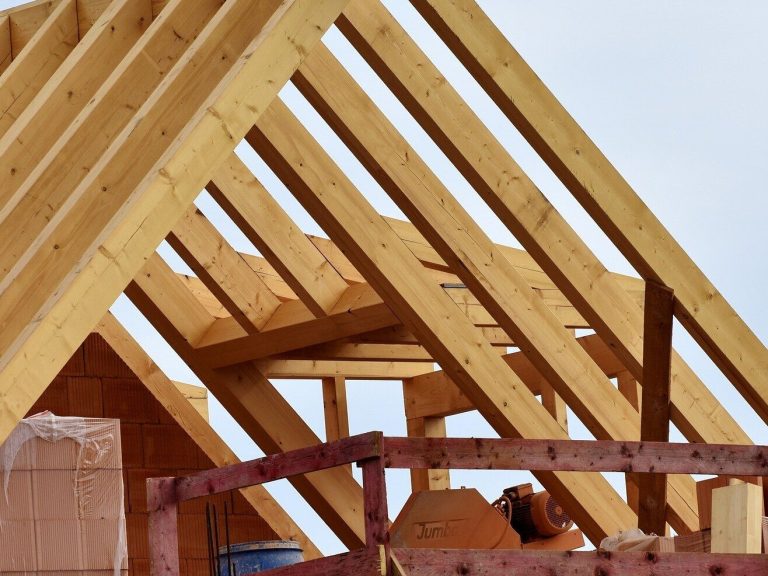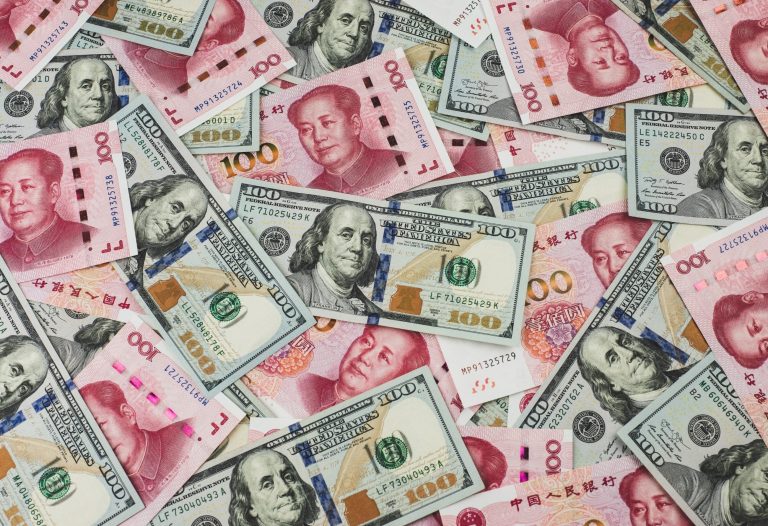How much does the facade of a single-family house cost? Elevation, price per m2, labor.

The facade of a house is its showcase. Building a façade, and therefore insulating the house, is one of the last stages of construction. You are probably wondering how much a square meter of facade costs and how much it costs to insulate a house? In this article you will find the answers.
The cost of house facade
Before we start working on the facade of the house, we should carefully consider all matters that will affect the appearance, as well as the functionality and costs we will incur. How much does the facade of a single-family house cost? External facade prices vary greatly and depend on many factors.
The most important factors that influence the cost of a house facade are the insulation technique and the insulating material. The most important thing is to determine what type of material to insulate the house and what type of external facade we like. Then we will know how much the facade of a single-family house costs.
Elevation of a single-family house. What makes up the price?
Typically, facades of single-family houses are insulated using the light wet method. Acrylic or mineral plaster can have a positive impact on costs. Then the price of the house facade will be lower. The investor will therefore incur the following expenses: construction of the external façade and insulation of the house.
How much does the facade of a single-family house cost?
Thin-layer facade plasters are most often used to finish the facades of single-family buildings. They look good on the facade and protect the house against weather conditions. Some thin-layer plasters have additional advantages: they are exceptionally resistant to scratches or moisture. Professionals recommend silicone, silicate and hybrid plasters. Hybrids are silicone-silicate plasters. Clinker or stone is also used in certain places on the external façade. Facade boards and sheet metal for facades are also common. Panels are coming. Remember that the type of plaster and finishing material has a decisive influence on the cost of the facade.
How much does it cost to insulate a house?
How much does it cost to insulate a house? It all depends on the insulation method. Insulation of the external façade can be done using two materials: polystyrene and mineral wool. Styrofoam is a moisture-resistant material. It’s also cheap. It is recommended for single- and double-layer walls. The price of a house facade in the case of polystyrene will be lower than in the case of using mineral wool, and the construction of the external facade will be simpler. Insulating a building with polystyrene will be cheaper. The average price is PLN 150-200/m2 (styrofoam, labor, plaster).
Insulating the house with mineral wool. Mineral wool is flexible and has similar thermal insulation properties. When using it, you need to build wooden grates. This affects the cost of facade insulation. Additionally, mineral wool is not very resistant to moisture. Insulating your house with mineral wool will require more work and money. The price of 15 cm mineral wool insulation is: approx. PLN 150-180/m2 (material and labor excluding plaster).
How much does the facade of a single-family house cost? Facade price list. Plasters
Mineral plaster this is the cheapest solution. Mineral plaster is resistant to intense solar radiation, high and low temperatures. It is very easy to keep clean. How much is? Mineral plaster costs approximately PLN 3-5/kg.
Acrylic plaster is resistant to mechanical damage and frost. However, it is not sun-resistant. It costs from PLN 4.5 per kg.
Silicate plaster It is not resistant to dirt and mechanical damage, but it can withstand rain and temperatures. The price per kilogram of silicate plaster is approximately PLN 8/kg.
Silicone plaster he is immune to everything. A kilogram costs over PLN 10.
Silicone facade paint
Silcosan is a ready-to-use, hydrophobic, mineral matte paint based on silicone resin. Its special formula makes it resistant to aggressive substances from polluted air and has a high ability to repel rainwater through its beading on the surface and self-cleaning effect. The paint is also resistant to fungal and algae growth. Appropriate thin-layer plasters are characterized by a unique recipe, uniform structure, surface resistant to dirt absorption, additives that increase resistance to biological corrosion and reinforcement that improves the plaster’s resistance to mechanical damage. However, in terms of aesthetics and durability of facades, they are complemented by a wide range of external paints that allow you to create additional surfaces and decorative details.
Silicone facade paint can be applied both using traditional methods – with a roller or brush, as well as using spraying devices. Technological tests should be performed and the paint should be applied in two layers. The technological break between applying subsequent levels should not be less than 6 hours. A product with the same production batch number, located on each package, should be used on one surface. In cases where the batch numbers differ, it is worth mixing the contents of the containers optimally. It is recommended to apply the paint on individual façade elements continuously, avoiding technological breaks. Painting naturally smoothes the surface structure, and painting surfaces that differ in texture and technical parameters may result in different shades of the same paint color.






